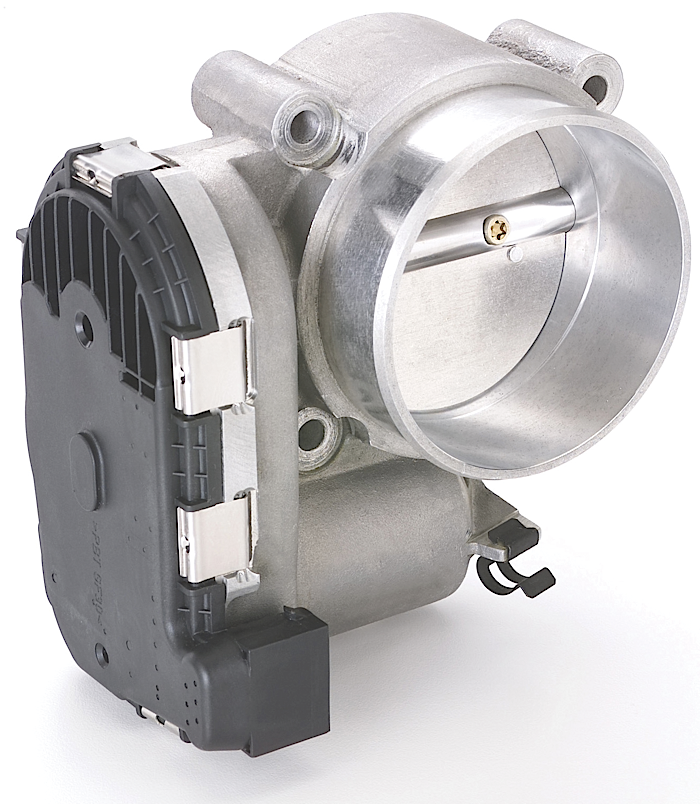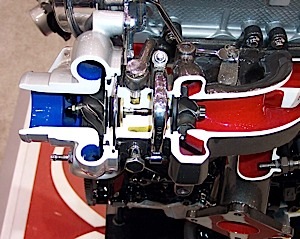You may have seen it before: misfire codes, stumbling and suspicious fuel trim numbers. On a scan tool, the engine may show a loss in volumetric efficiency. The driver may complain about a loss of power, poor fuel economy, hard starts and a rough idle. But this is not a 12-year-old engine; it is only four years old and just out of warranty.
If the vehicle has direct injection, it might need an induction service due to carbon deposits on the intake valves. The main reason is that fuel and added detergents are not hitting the back of the intake valves. Leaner mixtures and higher combustion pressures can make the problem worse over time.
There are many induction service tools and systems on the market. In a perfect world, the best solution would be to replace the head, but the reality is that this would be too expensive for most customers to stomach. The best economical option is to do a chemical cleaning that injects a cleaner into the air intake system.
Check For OE-Recommended Methods
The recommended decarbonization methods for a vehicle can vary. While tool and brand types can be substituted in most cases, the dispense location for the cleaner should not vary if the OE specifies a vacuum port or intake location.
Be Careful With Turbochargers
A modern turbocharged engine can be sensitive to some cleaning procedures and cleaners. Due to the close location of the turbocharger to the exhaust manifold, the turbocharger can be damaged in two ways.
First, if the cleaner is very flammable, unburned cleaner will be burned in the exhaust turbine housing and cause excessive heat that can damage the turbo’s seals and turbine wheels.
Second, some cleaners can damage the seals on the intake/compressor side of the turbo and cause an oil leak.
To avoid damaging the turbocharger, check the service information for the recommended procedure. If there is no recommendation, inject the cleaner between the turbocharger and intake manifold. This should prevent soaking the compressor seals of the turbocharger with cleaner.
Be Careful Around Throttle Bodies
Most throttle-by-wire systems and late models have a Teflon or similar coating around the plate to prevent carbon buildup. Some cleaners can damage this surface and cause driveablity issues. Also, some solvents can damage shaft bushings and remove dry lubricants. This can cause shaft play and vacuum leak. Carburetor cleaner is designed for carburetors and should not be used to clean fuel-injection throttle bodies.
Be Careful With EVAP Systems
Some cleaners use the PCV system to pump the cleaner into the intake. This is an appropriate method on most vehicles, but some vehicles have the EVAP system and charcoal canister plumbed into the system. It is possible to push the cleaner into the EVAP system if the purge solenoid opens during the cleaning process. Some cleaners can saturate the charcoal and cause damage.















